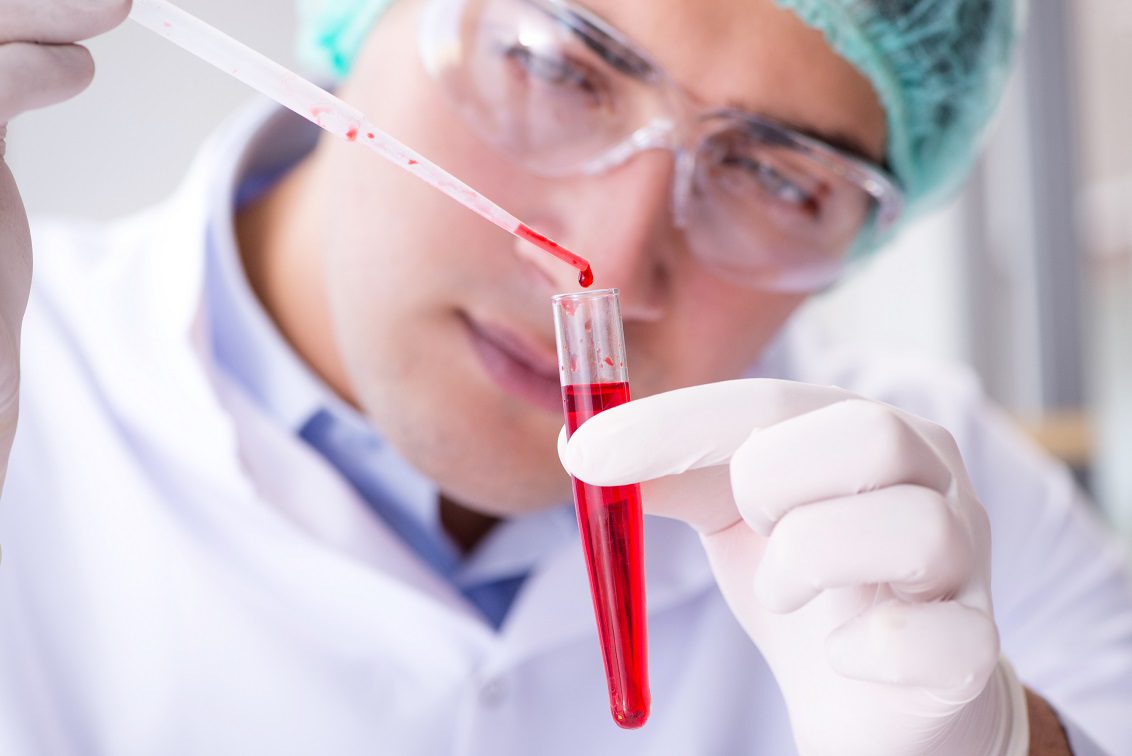Patients identified with a hereditary susceptibility to hematologic disease or bone marrow failure can benefit from increased surveillance and preventative steps to better manage their risks. Knowing the genetic cause of the hematologic abnormalities in an individual also reveals the inheritance pattern within a family. As a result, your patient’s family members can be tested to help define the risk to themselves and their families. Because preventative action and surveillance should begin in childhood for some genes included in this panel, testing of minors may be appropriate.
What is a hereditary hematologic malignancy (HHM)? A hematologic malignancy is a cancer involving the blood. This occurs when cells in the blood grow abnormally, interfering with the ways they are supposed to work. Examples that you may have heard about include leukemia or lymphoma. Hereditary hematologic malignancies (HHM) occur when a person has a genetic change (mutation) that causes their blood cells to be more likely to become cancerous. The mutation can be passed through generations in a family. People with HHM have a higher risk to develop blood cancer, and sometimes other cancers or health problems, as well.

Mutations in several genes can lead to an increased risk for blood disorders, including cancer, but usually do not lead to other health problems. Three examples are: FulgentGenetics.com 1/3 Autosomal recessive (AR): Our genes, or DNA, tell the cells in our body how to work correctly. A mutation is a change in a gene that causes it to not work correctly. We have two copies of every autosomal gene – one from our mother and the other from our father. First, HHM can be inherited in an autosomal recessive way. For AR conditions, both copies of a person’s gene must have a mutation before they will have the condition. Autosomal conditions occur regardless of whether a person is male or female. Typically, an individual with an AR condition will have inherited one mutation from their mom and one from their dad. Because the mom and dad have another copy of the gene without the mutation, they will usually not show symptoms. For these parents, there is a 25% chance with each pregnancy that the child will inherit both the mom’s and the dad’s mutations, and therefore, will have the recessive condition. Similarly, for a person with autosomal recessive HHM to have an affected child, their partner would also need to have a mutation in the same gene that causes their HHM. While the risk is low, partner testing is available.

Hereditary hematologic malignancies can be inherited in one of three ways:
Autosomal dominant (AD)
HHM can also be inherited in an autosomal dominant way. For AD conditions, having only one copy of a gene mutation is enough to cause symptoms. As stated earlier, autosomal conditions occur regardless of whether a person is male or female. When we have children, we pass down half of our genes. Therefore, if a person has a mutation in one AD gene, there is a 50% risk that each of their children will inherit this mutation and have the condition.
What are some of the genes that increase a person’s risk for blood cancer?
Mutations in several genes can lead to an increased risk for blood disorders, including cancer, but usually do not lead to other health problems. Three examples are:
RUNX1
Mutations in the gene RUNX1 cause familial platelet disorder and increase the risk for myeloid malignancies, such as acute myeloid leukemia.
CEBPA and GATA2
Mutations in the CEBPA gene or the GATA2 gene also increase the risk for acute myeloid leukemia.

Hereditary hematologic malignancy syndromes are conditions that impact multiple aspects of a person’s body in addition to increasing their risk for blood cancer. Some examples are listed below:
Bloom syndrome
Individuals with Bloom syndrome are at an increased risk for many types of cancers, including lymphoma and leukemia. They also can have many other health problems including, severe growth deficiency, abnormal fat distribution, and hypersensitivity to the sun and radiation. Bloom syndrome is inherited in an autosomal recessive way. In other words, a person has to have two mutations in the BLM gene to have Bloom syndrome.


Ataxia telangiectasia
Ataxia telangiectasia (AT) causes difficulties with movement (ataxia), increased susceptibility to infection, and a higher risk for both leukemia and lymphoma. Symptoms typically begin in early childhood. AT is a recessive condition that occurs when a person has two mutations in the gene ATM.
Constitutional Mismatch Repair Deficiency Syndrome (CMMRD)
CMMRD is a recessive condition caused when a person has two mutations in the same cancer-risk gene. Five different cancer-risk genes can cause CMMRD. People with this condition are at an increased risk for many different types of cancer, including lymphoma and leukemia. A family history of colorectal or endometrial cancer may also be present.
POSITIVE +
A positive result means that one or more genetic mutations for HHM were identified, confirming a diagnosis. Knowing the specific gene involved tells you how the increased risk for hematologic malignancy in your family was inherited, and can give a doctor insight into the patient’s risk for cancer and other health conditions.
NEGATIVE –
A negative result indicates that a genetic mutation was not identified. A negative result may indicate that hereditary hematologic malignancy is not the correct diagnosis. However, it can also mean that the correct gene for HHM in your family was not included on the ordered test, or even that it is not currently known.
VARIANT OF UNCERTAIN CLINICAL SIGNIFICANCE (VUS) ?
The third possible test result is called a Variant of Uncertain Clinical Significance. A gene variant is a genetic difference that could be disease-causing (mutation) or could be a normal finding (benign). More research is needed to determine whether the variant is important or not, and it should usually be treated as a negative result until more information is available.


